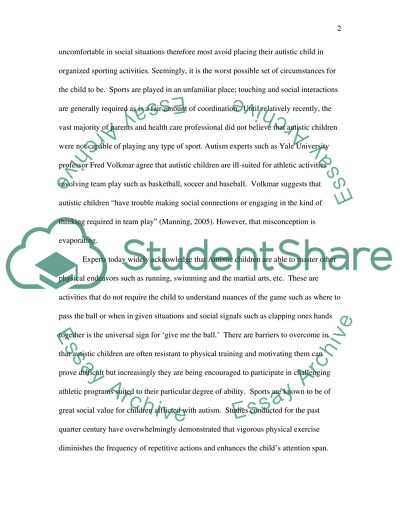Cite this document
(“Impact of Inclusion on Autistic Children Article”, n.d.)
Impact of Inclusion on Autistic Children Article. Retrieved from https://studentshare.org/health-sciences-medicine/1519764-impact-of-inclusion-on-autistic-children
Impact of Inclusion on Autistic Children Article. Retrieved from https://studentshare.org/health-sciences-medicine/1519764-impact-of-inclusion-on-autistic-children
(Impact of Inclusion on Autistic Children Article)
Impact of Inclusion on Autistic Children Article. https://studentshare.org/health-sciences-medicine/1519764-impact-of-inclusion-on-autistic-children.
Impact of Inclusion on Autistic Children Article. https://studentshare.org/health-sciences-medicine/1519764-impact-of-inclusion-on-autistic-children.
“Impact of Inclusion on Autistic Children Article”, n.d. https://studentshare.org/health-sciences-medicine/1519764-impact-of-inclusion-on-autistic-children.


